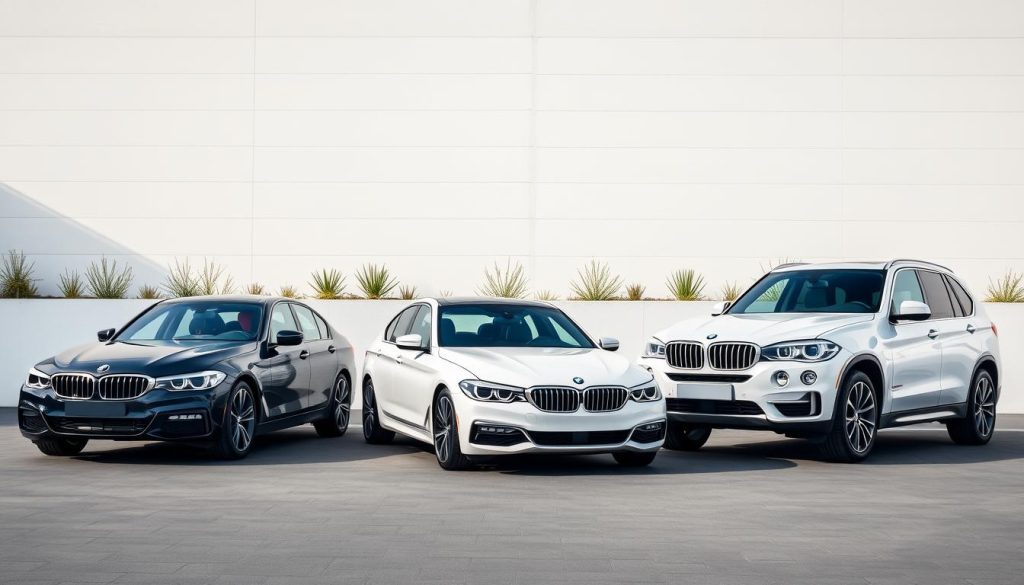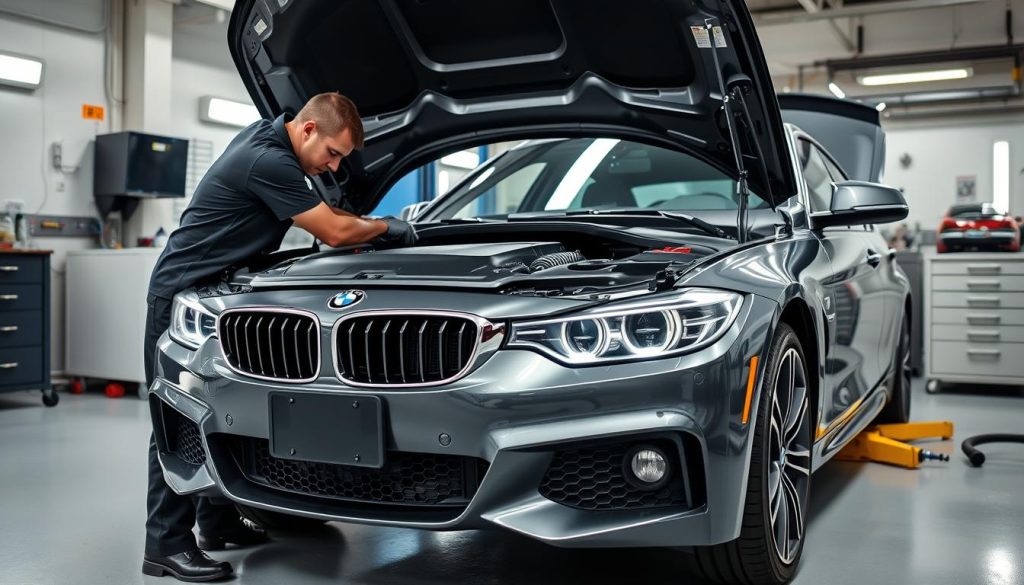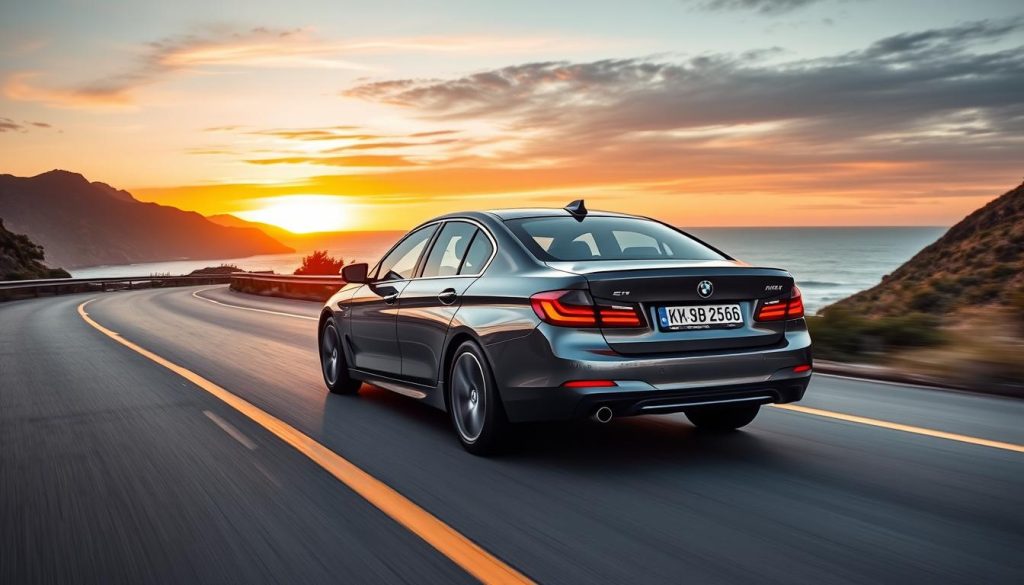BMW vehicles are renowned for their engineering excellence and driving dynamics, but prospective buyers often wonder: what mileage is considered high for a BMW? Whether you’re eyeing a sleek 3-Series with 80,000 miles or contemplating a well-priced X5 with 120,000 miles on the odometer, understanding BMW longevity benchmarks is crucial.
In this comprehensive guide, we’ll explore what constitutes high mileage for different BMW models, maintenance considerations, and how to evaluate a pre-owned BMW with significant miles on the clock.
BMW Mileage Benchmarks: What’s Considered High?
The definition of “high mileage” varies significantly between mainstream and luxury vehicles. For BMWs, industry standards typically consider the following benchmarks:
| Mileage Range | Classification | Typical Age | Considerations |
| 0-50,000 miles | Low mileage | 0-4 years | Often still under warranty, minimal wear expected |
| 50,000-100,000 miles | Average mileage | 4-7 years | Some components may need attention, major systems still reliable |
| 100,000-150,000 miles | High mileage | 7-12 years | Requires thorough maintenance history review, potential for major repairs |
| 150,000+ miles | Very high mileage | 12+ years | Significant component replacement likely, requires exceptional maintenance |
While these benchmarks provide general guidance, it’s important to note that a well-maintained BMW can often exceed these numbers with proper care. Many BMW enthusiasts report vehicles running strong well beyond 200,000 miles when serviced according to manufacturer recommendations or even more frequently.
Model-Specific Mileage Considerations
Different BMW models have varying longevity expectations based on their engineering, components, and typical usage patterns:

3-Series and 4-Series
The popular 3-Series and its coupe counterpart, the 4-Series, are known for their robust inline-6 engines. These models typically handle high mileage well, with many examples exceeding 200,000 miles. The N52 and B58 engines are particularly noted for their longevity when properly maintained.
5-Series and 7-Series
BMW’s larger sedans often incorporate more complex technology and comfort features. While their engines are similarly durable to the 3-Series, their additional electronic components may require more attention at higher mileages. The 100,000-mile mark often signals the need for more comprehensive maintenance checks on these luxury-focused models.
X-Series SUVs
The X3, X5, and X7 SUVs face different stresses than sedans, including higher weight and potential off-road use. Their transfer cases and suspension components typically require more attention at high mileage. However, their engines follow similar durability patterns to their sedan counterparts, with diesel variants often showing exceptional longevity.
M Performance Models
High-performance M models are engineered for performance rather than maximum longevity. Their specialized components and higher-stress operation mean that 100,000 miles on an M3 or M5 represents a more significant milestone than on a standard model. These vehicles demand meticulous maintenance to reach high mileage milestones.
Gasoline vs. Diesel BMW Engines: Longevity Comparison

Gasoline Engines
- Typically reach 150,000-200,000 miles with proper maintenance
- Require more frequent oil changes (7,500-10,000 miles recommended)
- N52 and B58 inline-6 engines known for exceptional reliability
- V8 and V12 engines may require more specialized maintenance
- Timing chain issues can appear in some models after 100,000 miles
Diesel Engines
- Often exceed 250,000-300,000 miles with proper care
- Built with stronger internal components to handle higher compression
- Require attention to fuel system and emissions components
- Timing belt replacement critical at manufacturer-specified intervals
- EGR and DPF systems need monitoring at higher mileages
BMW diesel engines, particularly the straight-six variants found in the 3-Series (330d, 335d) and 5-Series (525d, 530d, 535d), have earned a reputation for exceptional longevity. Forum discussions frequently mention examples exceeding 300,000 miles with proper maintenance. The additional torque and fuel efficiency make them popular choices for high-mileage drivers.
“I’m on my third 100,000+ mile BMW. Keep ’em maintained and they’ll keep working is my experience.” – BMW owner from PistonHeads forum
Essential Maintenance Tips for High-Mileage BMWs

Proper maintenance is the key factor in determining whether a high-mileage BMW remains a precision driving machine or becomes a money pit. Here are critical maintenance areas to address:
Oil Change Intervals
While BMW’s recommended oil change intervals can range from 10,000-15,000 miles, most independent specialists and experienced owners recommend more frequent changes for high-mileage vehicles. Consider 5,000-7,500 mile intervals using high-quality synthetic oil that meets BMW’s LL-01 or LL-04 specifications.
Cooling System Maintenance
BMW cooling systems often require attention between 80,000-120,000 miles. Preventative replacement of water pumps, thermostats, expansion tanks, and radiators can prevent catastrophic overheating that could damage the engine. Coolant should be flushed according to the maintenance schedule.
Transmission Service
Despite BMW’s “lifetime fluid” claims for many transmissions, specialists recommend fluid and filter changes every 50,000-60,000 miles for high-mileage vehicles. This is particularly important for automatic transmissions to ensure smooth operation and longevity.
Suspension Components
Control arms, bushings, and shock absorbers typically require attention between 80,000-120,000 miles. These components affect both comfort and handling, with worn parts compromising BMW’s signature driving dynamics.
How often should I change the oil in my high-mileage BMW?
For BMWs with over 100,000 miles, most independent specialists recommend oil changes every 5,000-7,500 miles using high-quality synthetic oil that meets BMW specifications. This is more conservative than BMW’s standard intervals but helps protect high-mileage engines.
Real-World Examples: BMWs That Went the Distance

Numerous documented cases demonstrate BMW’s potential for exceptional longevity when properly maintained:
E46 3-Series with 330,000 Miles
A 2003 330d with original engine and transmission, maintained with religious 5,000-mile oil changes and preventative cooling system maintenance. The owner reports it “still drives like new” with minimal suspension refreshes and regular fluid changes.
“My E46 330D now has 193K on the clock, I do all the work on it myself and service it fully 3 times a year… been brilliant!” – Lee, PistonHeads forum
E39 5-Series with 285,000 Miles
A 2001 530d that served as a daily driver for over 15 years. The owner credits its longevity to addressing issues promptly and using only OEM or high-quality parts. The vehicle required a transmission rebuild at 200,000 miles but has been otherwise reliable.
“First one I bought at 85,000 and got it up to 285,000 pretty much trouble free. Great car, loved it… and it’s still going well now according to the guy I sold it to.” – Forum user
E60 5-Series with 230,000 Miles
A 2005 535d Touring that continues to serve as a family vehicle. The owner reports a gearbox refresh at 180,000 miles ($400) but otherwise minimal issues beyond routine maintenance. The vehicle still delivers strong performance and comfort.
“I’m up to 230,000 miles in my 05 535d Tourer. Gearbox refresh at about 180k (£400) but apart from that it’s still going strong and not showing signs of giving up yet.” – Julian, BMW owner
Evaluating a High-Mileage BMW Purchase

When considering a high-mileage BMW purchase, focus on these key evaluation areas:
Service History Documentation
A complete service history is the most valuable asset for a high-mileage BMW. Look for consistent maintenance at appropriate intervals, with special attention to oil changes, cooling system maintenance, and transmission services. A vehicle with incomplete records but evidence of recent major maintenance may still be worth considering.
Pre-Purchase Inspection
Always have a high-mileage BMW inspected by a specialist before purchase. This typically costs $150-300 but can save thousands by identifying hidden issues. The inspection should include computerized diagnostics to check for stored fault codes that might indicate intermittent problems.
Common Failure Points
Research model-specific issues for the BMW you’re considering. For example, E46 3-Series models may have subframe concerns, while some N54 engines experienced fuel injector issues. Knowing these potential problem areas allows you to specifically check whether they’ve been addressed.
Advantages of High-Mileage BMWs
- Significantly lower purchase price
- Major depreciation already occurred
- Potential for many components to have been replaced/upgraded
- Evidence of durability if well-maintained
- Often more affordable parts for older models
Risks of High-Mileage BMWs
- Potential for expensive repairs
- Wear on electronic components and comfort features
- Outdated technology compared to newer models
- Higher maintenance frequency requirements
- Difficulty finding certain parts for older models
Get a Pre-Purchase Inspection
Connect with certified BMW specialists in your area who can perform a comprehensive pre-purchase inspection before you commit to a high-mileage BMW.
Average Lifespan of BMW Components

Understanding when major components typically require replacement can help you budget for maintenance and evaluate a potential purchase:
| Component | Typical Lifespan (Miles) | Replacement Cost Range | Importance |
| Water Pump | 60,000-90,000 | $600-$1,200 | Critical – prevents overheating |
| Timing Chain/Belt | 80,000-120,000 | $1,200-$3,000 | Critical – prevents engine failure |
| Control Arm Bushings | 60,000-100,000 | $800-$1,500 | High – affects handling and safety |
| Valve Cover Gasket | 80,000-120,000 | $400-$900 | Medium – prevents oil leaks |
| Shock Absorbers | 80,000-120,000 | $1,000-$2,500 | Medium – affects ride quality |
| Automatic Transmission | 150,000-200,000 | $3,500-$7,000 | Critical – major expense if failed |
These figures represent averages based on typical usage patterns. Actual component lifespans can vary significantly based on driving conditions, maintenance practices, and manufacturing variations between production years.
Conclusion: Is a High-Mileage BMW Right for You?

A high-mileage BMW can represent an excellent value proposition for the right buyer. These vehicles offer the premium driving experience and features of the BMW brand at a fraction of the new car price. However, they require a different ownership approach than a new or low-mileage example.
The key factors that determine whether a high-mileage BMW becomes a rewarding ownership experience or a financial burden are:
- Comprehensive maintenance history with evidence of proactive care
- Willingness to perform preventative maintenance rather than reactive repairs
- Access to a knowledgeable independent BMW specialist
- Budget flexibility for occasional significant repairs
- Research into model-specific issues before purchase
For enthusiasts willing to invest in proper maintenance and occasional repairs, a high-mileage BMW can provide years of driving pleasure at a compelling price point. The key is approaching ownership with realistic expectations and a commitment to preserving the engineering excellence that makes these vehicles special.


